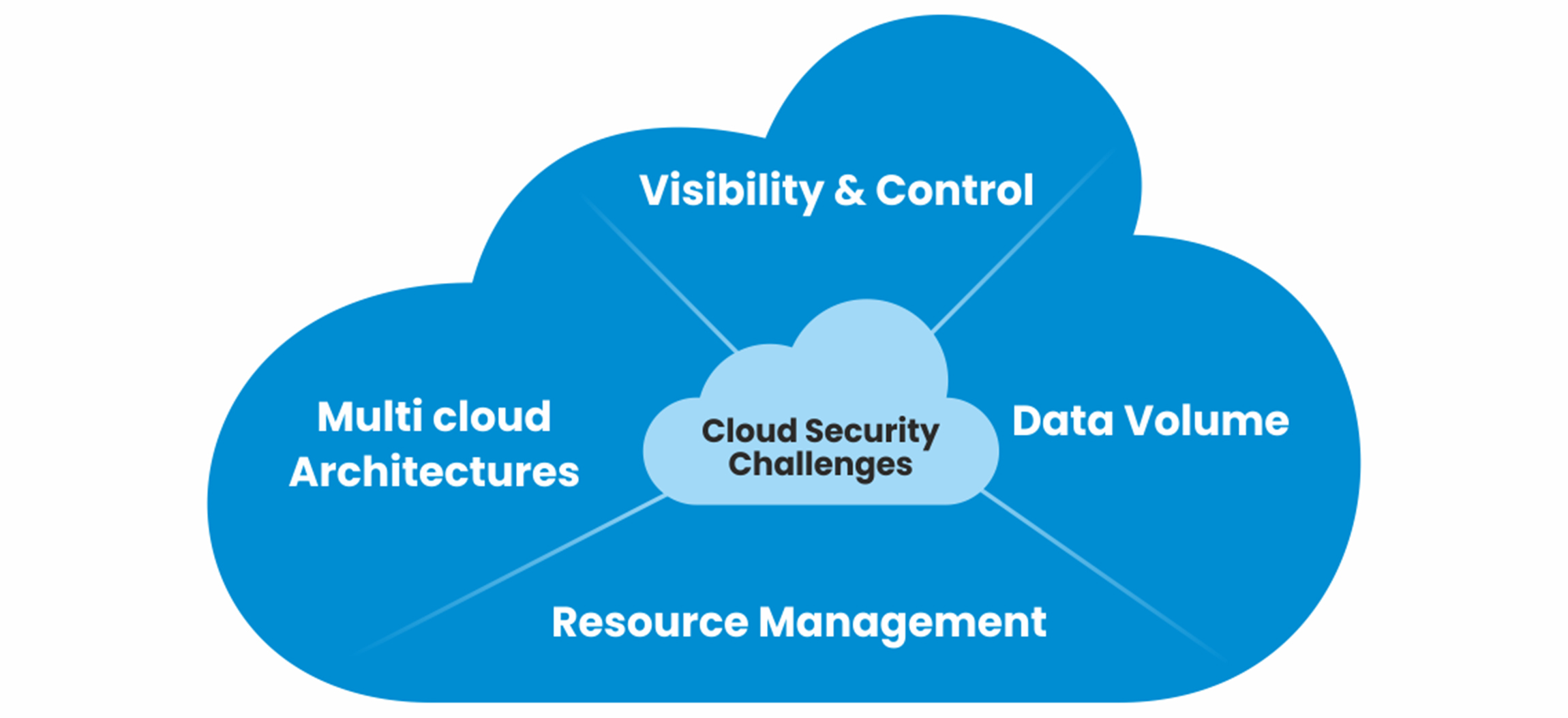IIoT stands for Industrial Internet of Things and signifies to use of internet-connected devices and sensors in various industrial sectors to collect, monitor and analyze data for improved efficiency, productivity and decision making. While IIoT involves working with large datasets, there always remains a dichotomy as to whether to host the platforms on local servers or on cloud servers. In this blog we will explore the benefits of moving your IIoT platform to the cloud.
Moving your Industrial Industrial Internet of Things (IIoT) platform to the cloud offers several advantages that can enhance efficiency, scalability, and overall performance. Here are compelling reasons to consider making this transition:
Scalability and Flexibility
Cloud platforms provide the ability to scale your IIoT infrastructure easily in response to changing business requirements. As your organization grows and experiences fluctuations in data volume, the cloud allows you to seamlessly adjust resources, ensuring optimal performance without the need for significant upfront investments in hardware.
Speed & Efficiency
Cloud platforms possess powerful processing capabilities, enabling swift and near real-time data analysis. As data sets become large, data processing capabilities hold substantial importance requiring prompt processing for timely decision making. With cloud computing the expedited processing of high-volume data becomes achievable, thereby enhancing efficiency and execution.
Reduced Operational Costs
Cloud services often follow a pay-as-you-go model, allowing you to pay only for the resources you use. This eliminates the need for large upfront capital expenditures on hardware and maintenance. Additionally, cloud platforms typically have efficient resource utilization and can offer economies of scale, resulting in cost savings over traditional on-premises solutions.
Global Accessibility
Cloud-based IIoT platforms enable real-time data access from virtually anywhere with an internet connection. The accessibility facilitates centralized monitoring and management of industrial processes, making it easier for businesses with multiple locations or global operations to coordinate and control their systems.
Simplified Device Management
Cloud platforms come with robust IoT device management features, simplifying the monitoring , administration and upkeeping of considerable devices. This encompasses capabilities for remote device monitoring, updates to firmware and software, troubleshooting and other tasks, all conveniently executed from a centralized location.
Advanced Analytics and Machine Learning
Cloud platforms often integrate advanced analytics and machine learning services, enabling organizations to derive valuable insights from their IIoT data. The cloud’s computational power and sophisticated tools can help identify patterns, anomalies, and trends within the data, leading to improved decision-making, predictive maintenance, and overall operational efficiency.
Security and Reliability
Reputable cloud service providers invest heavily in security measures and compliance certifications, often exceeding the capabilities of individual organizations. Cloud platforms typically offer advanced security features, such as encryption, identity and access management, and regular security updates. Moreover, cloud providers often have redundant data centers and robust disaster recovery plans, enhancing the overall reliability and resilience of your IIoT platform.
Improved Interoperability
Cloud based IIoT typically uphold a diverse array of protocols and standards, facilitating seamless integration of various IoT devices and applications. This heightened interoperability contributes to the development of more efficient and effective solutions.

Key Challenges in Cloud-Based IIoT Implementation
While there are significant benefits, of cloud implementation also comes with challenges. Here is are the key challenges and how to overcome them.

♢ Data Security and Privacy Issues: An array of interconnected devices within the IIoT network introduces potential threats of cyber-attacks. The sensitivity of data define the gravity of such threats. To counter such challenges, businesses must institute robust security protocols across the entire network, encompassing devices and the cloud. It becomes very important to ensure that the chosen cloud service provider adheres to regulations for navigating the complexities of compliance, globally.
♢ Connectivity and Latency: A significant challenge in implementing a cloud for IIoT is ensuring a reliable network connectivity and latency. Weak signal strength and congestion can lead to connectivity issues and high latency, effecting the performance of the system. Investment in high-performance and reliable network is the key.
Conclusion
While local servers may be suitable for a small operational scale cloud based IIoT platforms offer greater flexibility and scalability for larger datasets, making them a preferred choice for any organization. So, the decision between local and cloud deployment depends on specific business needs and considerations.

